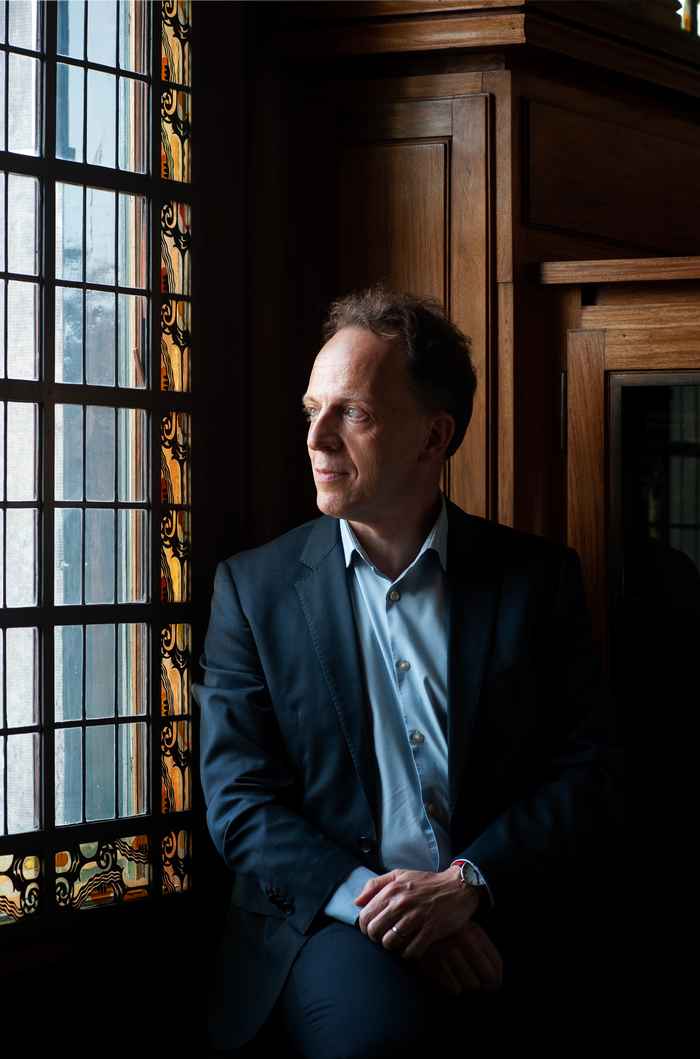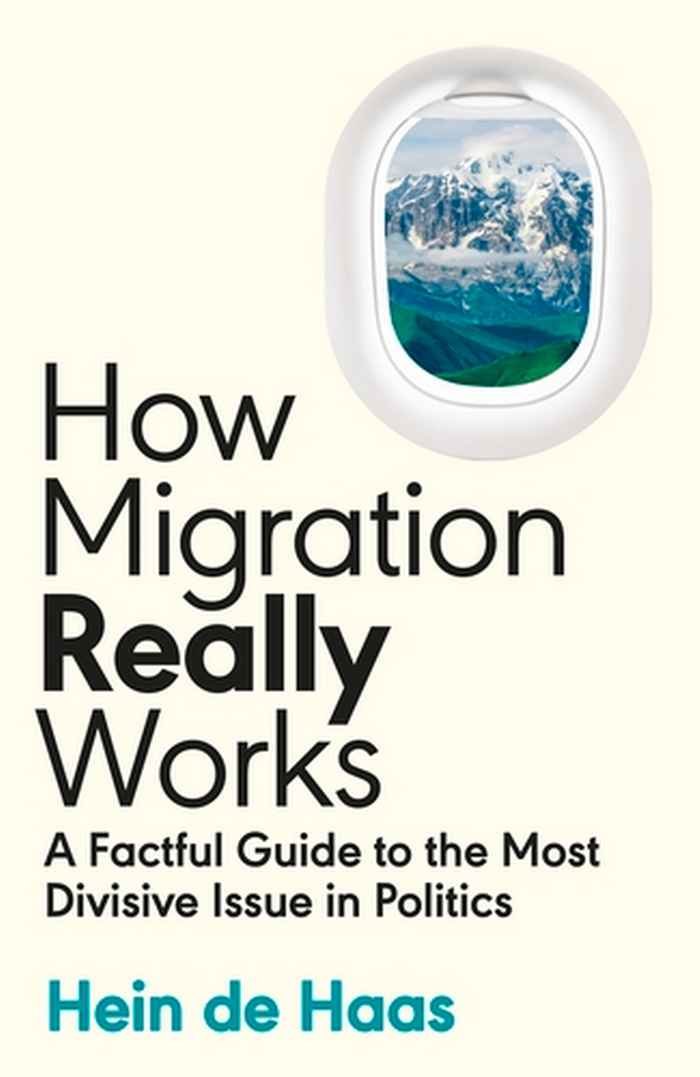How Migration Really Works
Interview with Hein de Haas
25 April 2024

Issue of Polarizing Narratives
How Migration Really Works is divided into 22 chapters, each chapter presenting the reader with a myth about migration that Hein systematically challenges to, as he calls it, ‘tell the real story about migration’. Because, as his book reminds us, so much of the information about migration is tied up in dramatic narratives – stories – designed to arouse a reaction, and in doing so, obfuscating the facts.
‘There is a lot of deception, distortion and bias produced by politicians, the media and NGO’s. I do not think that they are not listening, but their narratives are primarily serving ideological interests, or goals such as winning elections or increasing traffic to their websites. This often means that they have an interest in presenting a one-sided narrative of migration, one that always involves some level of deception and distortion.’
With a topic as fraught and divisive as migration, it may sometimes seem as if there are no objective truths, only polarizing narratives. This idea is what motivated Hein to write the book. ‘There are still some truths, some facts out there. Of course, there is always scientific uncertainty, but most public narratives about migration are clearly biased our outright deceptive. I am always talking about the “century of migration research”, and the public deserves to know about it. What they choose to do with this information politically, that is up to them.’
You have spoken on the importance of being “nuanced but clear” in doing science communication to a general audience. Academic writing tends to be quite opaque, even for other scientists, and especially for non-scientists. How do you achieve this clarity?
‘This reflects a general problem within the social sciences, that we have unfortunately developed a habit of writing completely opaque prose. We try to impress our reader with all our knowledge of theory and concepts, often at the expense of clear communication. Economists might hide behind mathematics, while anthropologists and sociologists often hide behind a cloud of abstract language.’
There is a difference between being nuanced and being vague, Hein explains. “I think that most readers are willing to confront a more complex reality, but they want to understand general patterns, so you should also not get lost in detail. As scientists, we are also in the business of discovering and analyzing patterns. So that is what we need to communicate to readers; the patterns we see.”

The goal should not be to force a particular opinion on people but give them the information they need to think and rethink their prejudices and biases

The Greatest Migration Myth
On the question of which of the twenty-two myths on migration he considers the most relevant, he prefers not to play favorites. Instead, he emphasizes what he calls the “overarching myth” that the others rest upon. Namely, the idea that migration is something we can micro-manage: ‘like a tap we can turn off and on.’
‘That to me is the biggest myth, because that myth denies that migration is principally driven by much bigger processes of change: the labor market, with its demands and shortages, or more general patterns of social transformation and development – all these factors play a role in explaining why migration patterns are shifting. Migration as a phenomenon is something that has always been and always will be – it is there to stay. That doesn’t mean that policies cannot be managed at all, but denying the reality and causes of migration usually leads to policy failing.'
In Need of More Nuanced Stories
One of the themes of your book is the portrayal of migrants are either victims or villains; can you elaborate on why this binary perspective is problematic and how your book challenges it?
‘There is no denying that some migrants are victims; of war and oppression in their home country, or as exploited workers in destination countries. But migrants also have agency, and the passive victim label ignores the resources they have to mobilize in an effort to migrate to improve their lives. The biggest victims of war, poverty or environmental disasters are the deprived, the poorest of the poorest, because their immobility keeps them trapped in the same place. The group we should be most worried about are those that cannot migrate because they lack the resources to do so. This is why the victim label is problematic; pigeonholing migrants as victims renders them passive, denying their agency and potential.’
The villain label is complicated too. Hein suggests that certain migrant actors that are deemed criminals by politicians and the media, have a much more ambiguous role. Take the smuggler, for example.
'Smugglers are often migrants or ex-migrants themselves who, due to their position as a fisherman or cross-border trader for example, can help facilitate the journey of other young migrants. Now suddenly they are a smuggler, a criminal, but from their perspective they are providing a service, and doing their small part to help migrants. A common narrative portrays them as criminals but flip the script and these actors are heroes saving people from suffering and potential death. Some smugglers certainly deceive migrants and horrible things happen, but most want to stay in business and therefore have an interest to deliver.'
Where do we go from here? What role should politicians, journalists and policy makers play in making more informed and nuanced discussions about migration? Hein is quick to answer.
‘Firstly, ask more critical questions to politicians. And second, tell different stories to audiences rather than the victimizing or villainizing ones. The goal should not be to force a particular opinion on people but give them the information they need to think and rethink their prejudices and biases.’